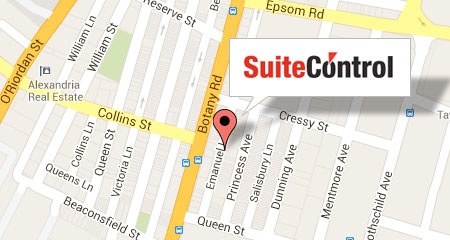7 3 Costs in the Short Run Principles of Economics 3e
We always show the fixed costs as the vertical intercept of the total cost curve; that is, they are the costs incurred when output is zero so there are no variable costs. Before we turn to the analysis of market structure in other chapters, we will analyze the firm’s cost structure from a long-run perspective. Total cost, fixed cost, and variable cost each reflect different aspects of the cost of production over the entire quantity of output produced. In contrast, marginal cost, average cost, and average variable cost are costs per unit.
- We treat labor as a variable cost, since producing a greater quantity of a good or service typically requires more workers or more work hours.
- Mathematically it can be expressed as ΔC/ΔQ, where ΔC denotes the change in the total cost and ΔQ denotes the change in the output or quantity produced.
- The marginal cost line intersects the average cost line exactly at the bottom of the average cost curve—which occurs at a quantity of 72 and cost of $6.60 in Figure 7.8.
- Once you choose to change your output, you may find it encouraging to calculate your new potential profit!
- Average total cost then declines, as the fixed costs are spread over an increasing quantity of output.
- The average and marginal costs may differ because some additional costs (i.e., fixed expenses) may not be incurred as additional units are manufactured.
Average and Marginal Costs
As a company grows, communication breakdowns can make people less productive. Employees might feel less connected to the organization and its mission, and be less motivated to do their best work. The company might need to move into a larger facility, relocate to a higher cost of living area to find talent, or hire more supervisors, which drives up costs. So each extra unit you produce past the initial run of 240 doors will cost you $95. Externalities are costs (or benefits) that are not borne by the parties to the economic transaction. A producer may, for example, pollute the environment, and others may bear those costs.
Private versus social marginal cost
Marginal cost is calculated by dividing the change in costs by the change in quantity. For example, suppose that a factory is currently producing 5,000 units and wishes to increase its production to 10,000 units. If the factory’s current cost of production is $100,000, http://sobaka.lv/img/okno.php?fid=71228 and if increasing its production level would raise its costs to $150,000, then the marginal cost of production is $10, or ($150,000 – $100,000) ÷ (10, ,000). The total cost per hat would then drop to $1.75 ($1 fixed cost per unit + $0.75 variable costs).
- The definition of marginal cost states that it is the cost borne by the company to produce an additional unit of output.
- Let us learn more about the marginal cost along with its formula in this article.
- But eventually, the curve reverses trajectory and climbs upwards due to the law of diminishing marginal returns.
- In a perfectly competitive market, a supply curve shows the quantity a seller is willing and able to supply at each price – for each price, there is a unique quantity that would be supplied.
- When the MC curve reaches its minimum level, it indicates that the company has reached its optimal level of production, and every additional unit after that could be a reason for an increase in the losses.
- The costs of operating a company can be categorized as either fixed or variable costs.
Relationship between marginal cost and average total cost
The breakdown of total costs into fixed and variable costs can provide a basis for other insights as well. The first five columns of Table 7.10 duplicate the previous table, but the last three columns https://limonos.ru/4009-10-restoranov-i-oteley-gde-rabotayut-roboty.html show average total costs, average variable costs, and marginal costs. These new measures analyze costs on a per-unit (rather than a total) basis and are reflected in the curves in Figure 7.8.
Cost functions and relationship to average cost
Access and download collection of free Templates to help power your productivity and performance.
For more learning, CFI offers a wide range of courses on financial analysis, as well as accounting, and financial modeling, which includes examples of the marginal cost equation in action. If the selling price for a product is greater than the marginal cost, then earnings will still be greater than the added cost – a valid reason to continue production. If, however, the price tag is less than the marginal cost, losses will be incurred and therefore additional production should not be pursued – or perhaps prices should be increased.
Since fixed cost does not change in the short run, it has no effect on marginal cost. The marginal cost of production must be lower than the price per unit for a company to be profitable – thus, the marginal cost pinpoints the output volume and pricing where incremental costs are reduced. The analysis of the marginal cost helps determine http://vposade.com/index.php?option=com_idoblog&task=viewpost&id=42&Itemid=0 the “optimal” production quantity, where the cost of producing an additional unit is at its lowest point. If changes in the production volume result in total costs changing, the difference is mostly attributable to variable costs. Given below is the data of the total cost of production of a firm producing school uniforms.








